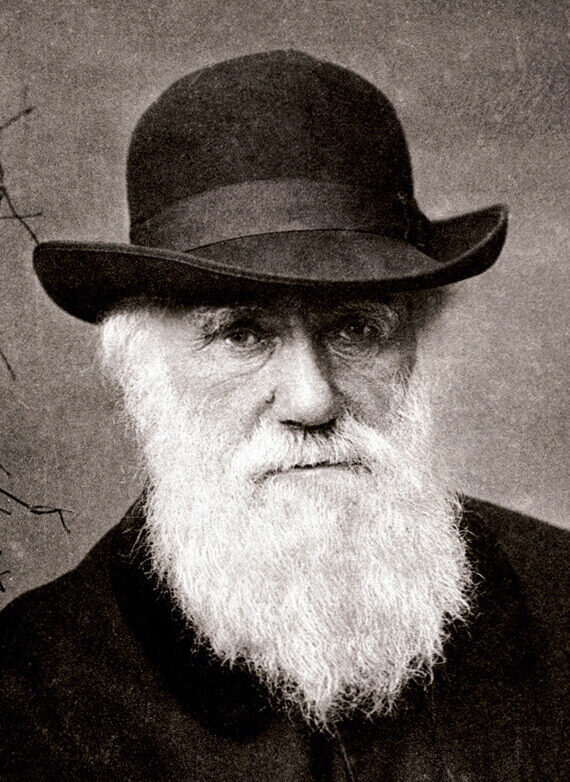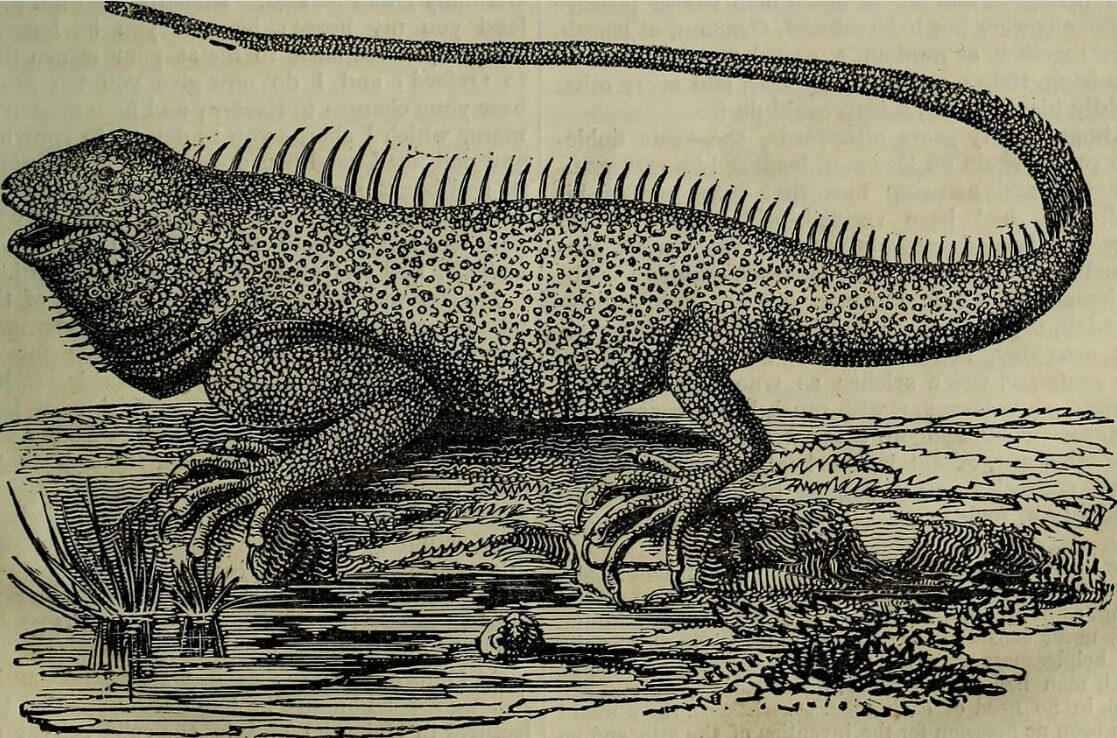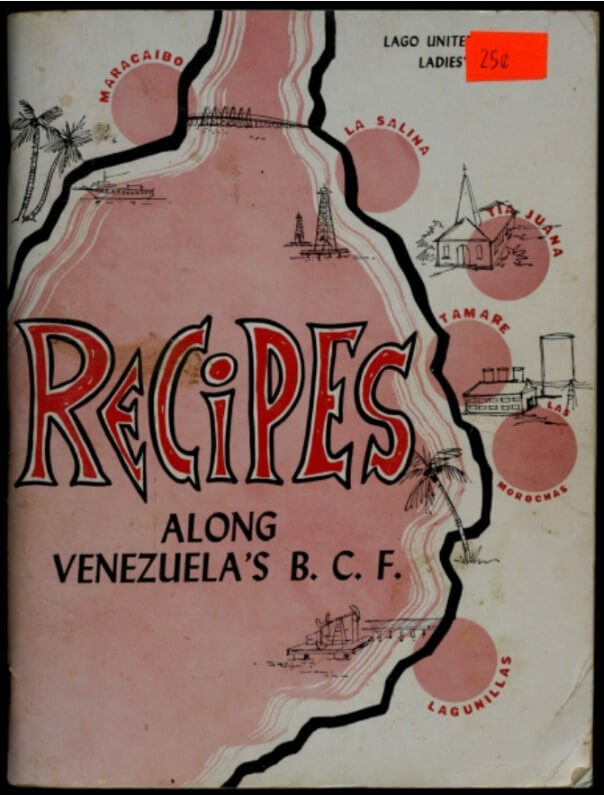Hunger for knowledge: A Darwinian approach to Food and Drink in History
Friday 12th February 2021 marks the 212th birthday of Charles Darwin, the father of evolution. Granted, it’s hardly a landmark number, but here at AM we’ll take any excuse to dive into one of our collections and let our inner history nerds run free.
This blog comes with a warning, though – vegetarians, you might want to look away now…

Charles Darwin in 1881, photographed by Elliott & Fry. Image courtesy of Wikimedia Commons.
During his time at Cambridge University, Charles Darwin became a founding member of the short-lived Glutton Club, a group dedicated to the sourcing and sampling of “strange flesh”. While their access to exotic meats was somewhat limited to the range of Cambridgeshire fauna, they still did their best to source and cook unusual meals for consumption at their weekly meetings.
The taste of hawk and bittern (a short-necked relative of the heron) left the Gluttons seemingly undeterred, but their culinary antics came to a grinding halt upon eating a stringy and otherwise “indescribable” brown owl. For Darwin himself, however, this setback was only temporary, and his urge to sample the animals he studied continued throughout his career.
While exploring the world on board the HMS Beagle, it’s said that he tried such exotic animals as iguanas, puma – “remarkably like veal” – and even the beloved Galapagos tortoise.

'The Iguana, or Eatable Lizard', from The Saturday Magazine (1832). Image courtesy of Wikimedia Commons and the Harold B. Lee Library.
Now, while there are several online articles that will tell you that armadillo reportedly tastes like duck, the internet is woefully light on details regarding how these meats were served to Darwin. While I absolutely do not condone the eating of endangered species, I was undeniably curious about how communities around the world have cooked their native food sources. Where better to hunt down such knowledge than the cookbooks of Food and Drink in History?
To begin with the armadillo: had Darwin sampled it in Mexico – where it was apparently once considered equal to pork – it might have been cooked in a casserole with onion, garlic, a dash of vinegar and some ground cloves, as recommended in the 1845 Diccionario de cocina. Head a little further southeast to coastal Venezuela and you might find iguana curried in the Trinidadian style, first marinated overnight and then cooked in caramelised sugar.
And if you’re wondering which cut of the iguana would taste best (of course you are!), then the Antipodean Cookery Book (1907) assures us that housewives of the Australian bush prefer the tail of a younger animal, preferably no more than three feet in size.

Recipes Along Venezuela's B.C.F. (1965). Image © Michigan State University. Further reproduction is prohibited without permission.
I hope this brief foray into Food and Drink in History has whetted your appetites for further exploration; it’s home to some truly fantastic recipes from around the globe (including, for example, some Australian bush fare called “Slippery Bob” which I just didn’t have the stomach to share with you here – read it if you dare!).
I’d like to think that Darwin would have revelled in these cookbooks, too… as for me, I think I’ll stick to chicken. Happy birthday, Charles!
About the collection
Food and Drink in History is out now.
Recent posts

The blog highlights American Committee on Africa, module II's rich documentation of anti-apartheid activism, focusing on the National Peace Accord, global solidarity, and student-led divestment campaigns. It explores the pivotal role of universities, protests, and public education in pressuring institutions to divest from apartheid, shaping global attitudes toward social justice and reform.

This blog examines how primary sources can be used to trace the impact of young voices on society, particularly during pivotal voting reforms in the UK and the US. Explore materials that reveal insights into youth activism, intergenerational gaps, and societal perceptions, highlighting their interdisciplinary value for studying youth culture, activism, and girlhood across history.
